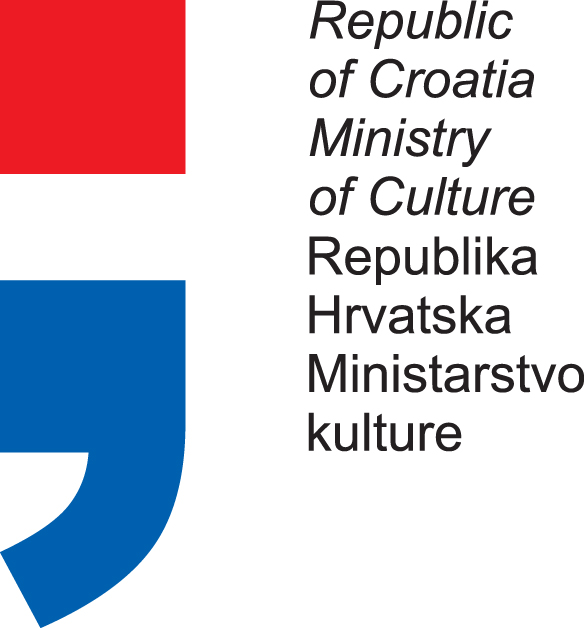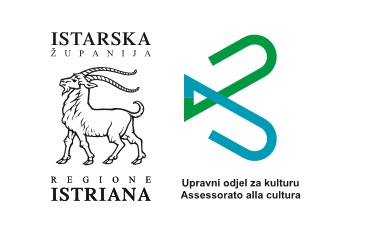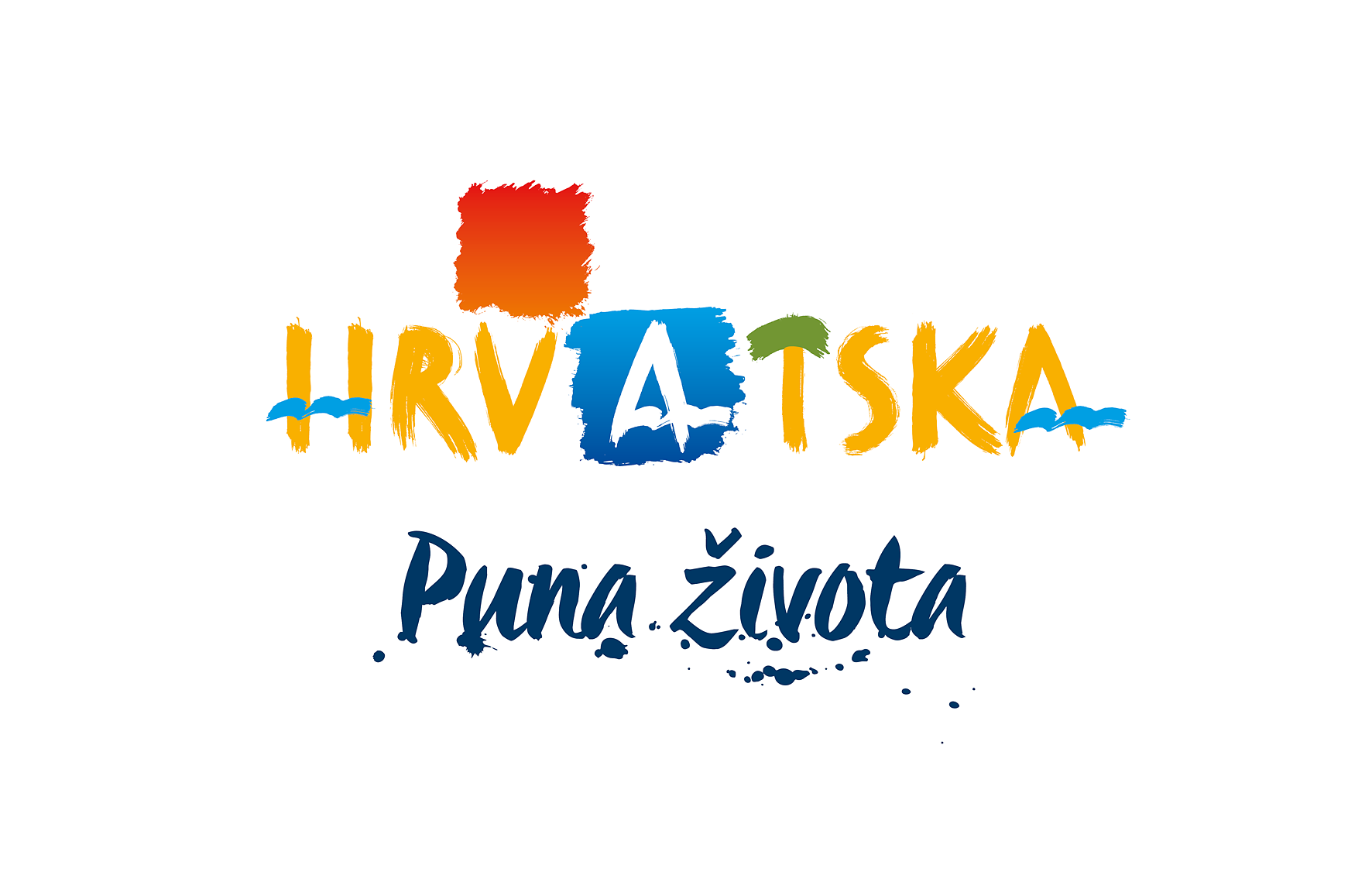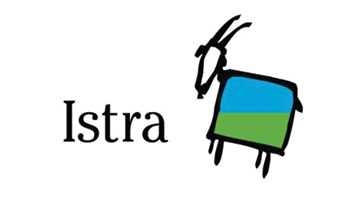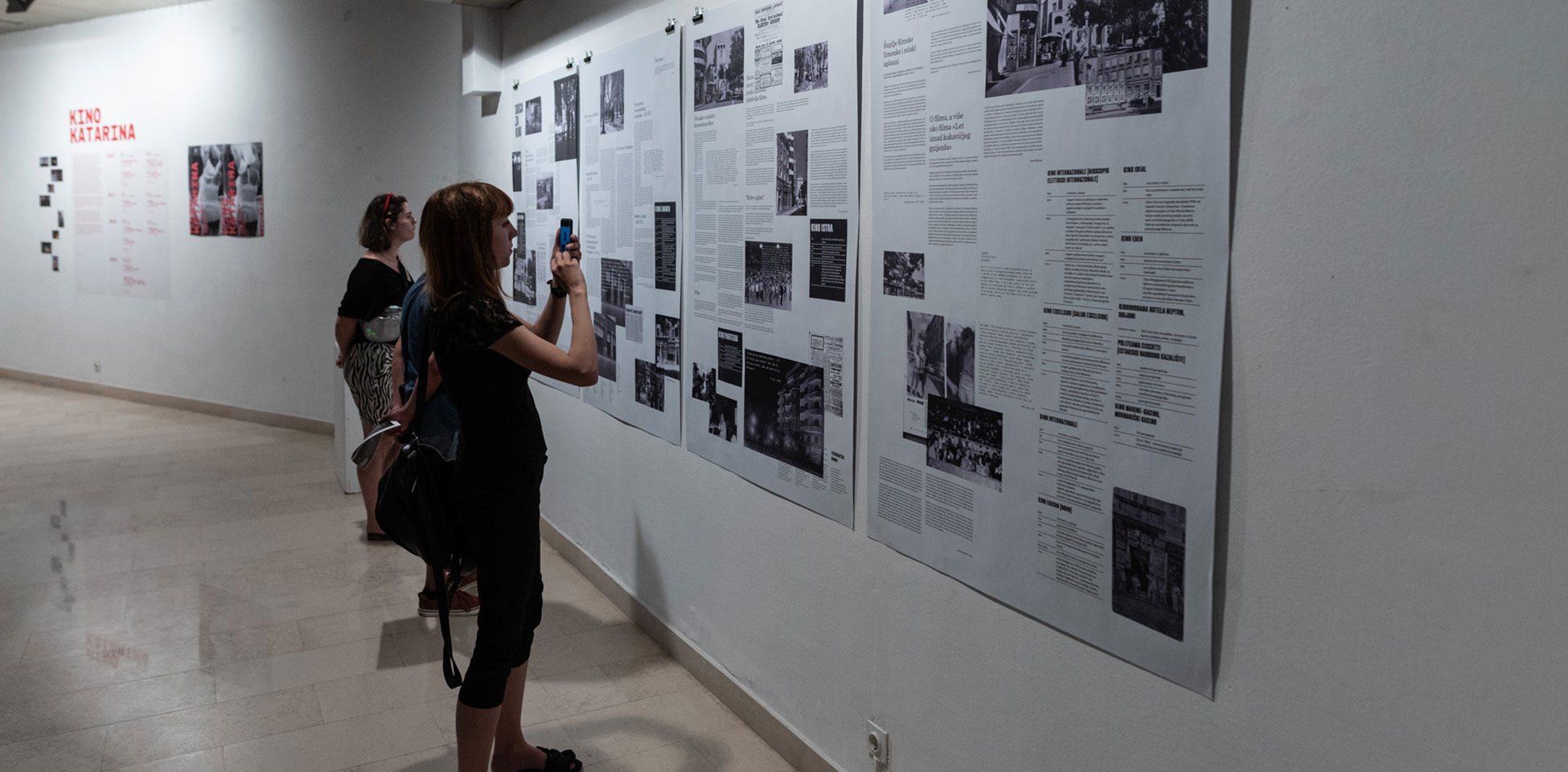
What was possibly the most abundant edition to date, Cinemaniac, now already of age, openly communicates with the audience it has raised for the entire 17 years past, always honouring the past and looking into the future, through works and interests, adding and giving meaning, as well as theoretical and practical redefining of film and cinema. Cinemaniac invites for further considerations about film and cinema, as well as acting correspondingly.
The author and curator of this year’s Cinemaniac Branka Benčić has composed it of several parts: there is the exhibition Wow Wow and Ready Made by Goran Trbuljak, set in the first part of the Pula MMC Luka, then ther is the exhibition Think Film… Think Cinema, set in the annex of MMC, and two case studies - Sketch for a Cinema and Katarina Cinema. It is complemented with the presentation of the book by Lars Henrik Gass, screenings of films from the International Short Film Festival in Oberhausen, as well as the exhibition Tomislav Gotovac: Film by All Means at the Apoteka - Space for Contemporary Art in Vodnjan.
The comprehensive 18th edition of Cinemaniac is once again opening new spaces and forms of thought about film, and attempts to map the interventions into the system of cinema and visual arts. Goran Trbuljak communicates about the thought on film in the first part of this year’s Cinemaniac and does so, in line with his signature work, in the Wow Wow and Ready Made cycle, linking the tools of his practice as a visual artist, painter and cinematographer, such as a brush, a palette or a photometer and arranging them into still life. Trbuljak’s work is generally directed toward institutional criticisms, deconstruction, reading or intervention of the artistic system of museums and galleries, and in this case, the cinema as well. This exhibition is also not intended to ‘show anything new and original’, and shows the last cycle of photographic work from the series Sketches for a Sculpture, a mise en scène of sorts, with arranged ready-made objects as attributes of his two professions. The author says this about the concept behind the described exhibits: “Godard said that cinema is truth twenty-four times per second, Haneke said it is a lie twenty-four times per second, and for me, cinema is twenty-four ready-mades per second”.
The small group exhibition Think Film… Think Cinema and the works of four authors - Mladen Stilinović, Chai Siris, Silvestar Kolbas, and Lara Ušić - deal with the space of cinemas, institutions and emerging locations due to different conditions in the global context, from gentrification, malfeasance in terms of land and privatisation, to film digitalisation. We watch films today more than ever, and there are fewer cinemas than ever. The exhibition attempts to offer a critical, but also poetic gesture about this obvious paradox and point to the memory of cinemas, as well as create optimism and turn toward the future. It tells us that cinema does not have to be a conventional theatre that offers the best conditions for watching a film, but that it can be any space we create and need in a similar function - a space where we can watch films together with other people and even intervene into the social and cultural field. It is obvious that the cinema will continue to exist, but the question is what kinds of films we will be watching and whether they will remain in the sphere of mere spectacle and entertainment. The possibilities of alternative screenings of film are being realised, with any space being able to become a cinema and a gathering place, regardless of their age and whether they are just in the habit of going to the cinema or have come in spite of not being big filmgoers.
The case studies Sketch for a Cinema by Sara Jakupac and Katarina Cinema by Marta Baradić speak about the differences and similarities of education in the cinema and today’s need and self-realisation of the cinema. Katarina Cinema as the actual space and activities and the artistic work 500,00 Years by Chai Siris are connected by the idea of a community, of the cinema as a place of gathering, learning and discourse, moving away from the space for entertainment and political ideas to challenge the community issues and social relationship.
On the other hand, with different artistic positions talking about the spaces of cinemas and work that points to the cinema as a space of memories and nostalgia, as a space of the magic of the screening, as a place of specific architecture, as a physical and symbolic space of a wide range of possibilities is the video exhibit by Silvestar Kobas Crvena zvijezda Cinema, as well as the photography by Lara Ušić, Beograd Cinema and the experimental film Premier 1, 2, 3 by Mladen Stilinović from 1973, which serves as an introduction of sorts to the exhibition Think Film… Think Cinema.
The book Film and Art After Cinema (published by MAMA, Zagreb, 2019) by Lars Henrik Gass, director of the International Short Film Festival in Oberhausen, was presented as part of Cinemaniac. Following the presentation, recent short films from the selection of the International Short Film Festival Oberhausen will be screened. For the last 20 years, Lars Henrik Gass has been the director of the International Short Film Festival in Oberhausen, which is of the same age of Pula Film Festival. He wrote the book several years ago, and it has seen two editions in German, and has now been published in English. He has also published a new book, Geshicte als Kino Geschichte (History of Film as History of Cinema). He writes about the space of watching films, the distribution and the circulation of films, the shift of the space of watching films from the cinema to the gallery, and the positive and negative aspects of the said shift. He also offers a critical perspective regarding the very format of film festivals, to which he attributes a critical and discourse role, not just the role of representation and revue.
This year’s edition of Cinemaniac will be open at MMC Luka until 31 July 2019.


